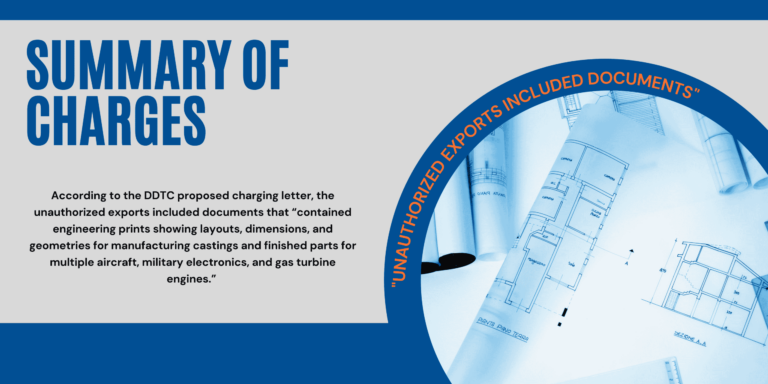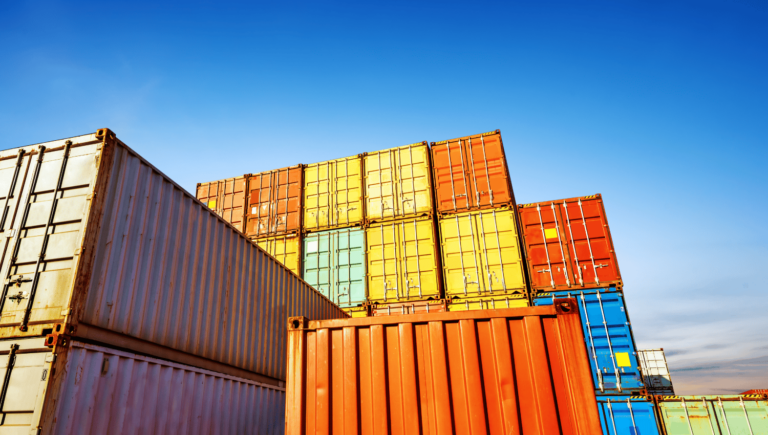Going Global: Navigating the Pitfalls and Opportunities of Crossborder Selling
In the first of this three-part series, I introduced the challenges of cross-border selling. In Part 2, I’ll dive into some specific pitfalls and lessons learned.
Pitfall 1: Total landed costs
A colleague living in India purchased some of his favorite products from a professional-looking site. He did not realize the business was US-based because it had sophisticated translation options, localization based on IP address, international payment tools, and the ability to select the desired currency. Further, the site did not state that the products would ship from the US. My colleague purchased items totaling $211.91, with a shipping charge of $14.37. When the “tax” line showed a zero amount – with no mention of customs duty or any other required costs – he assumed taxes did not apply. Later, when the shipment arrived, he received a notice that India Customs required an additional $290 to release the shipment! The result? A frustrated, angry customer who rejected the shipment. In the end, the retailer had to pay to have the product shipped back to its facility and may have lost a customer for life.
The lesson: Not calculating the total landed cost—the total cost of getting a shipment from a buyer’s facility in one country to a customer’s door in another—is the top mistake retailers make when selling across borders. Some retailers may believe that including the duty and tax might scare customers, but letting customers decide not to pay the additional charge is better than misleading them.
Retailers have the option of remitting the customs duty and tax themselves or passing it along to the end consumer to handle. Either way, transparency is key.
Calculating the total landed cost manually is very complicated and time-consuming, requiring a significant effort to figure out the duty rate for each item while ensuring the formulas are correct for each destination country. Additionally, the rates are constantly changing. Fortunately, a number of services now automate the calculation of customs duty & taxes, ensuring that correct formulas are used and that the duty and tax rates are current.
Pitfall 2: Export/import declarations
A U.K. company ordered a unique widget from a US manufacturer. The manufacturer, which had not sold internationally before, utilized its current shipping company, which took the first order to its hub and filed the export paperwork. When the shipping company asked the manufacturer for the duty rate for the export declaration, the manufacturer had no idea. Anxious to keep the shipment on schedule, the shipping company offered to source this information. After months and several similar shipments, a British customs officer discovered the duty rate on the customs documents did not match the item descriptions on the commercial paperwork. The shipping company had erroneously assigned a 0% duty rate, and the customer had applied the same wrong rate on its import declaration. The correct rate should have been 5%, and British customs went after the customer as the importer of record, assessing £7,750 [almost $10,000] for current and past shipments.
The lesson: As with the landed cost, most organizations don’t know about export and import declarations. When faced with complexity, they often assume shipping companies are the experts. But this is a risky move. Shipping companies have no regulatory obligation to get the compliance details right. An error this large will almost always lead to a negative customer experience, including increased costs, fines, delivery delays, and even shipment seizure. Automation is again the easiest solution.
Pitfall 3: Misinformation and Fraud
A man living in Hong Kong had a lucrative business using various online marketplaces to sell to customers in Hong Kong and the EU. When he started selling to customers in Canada, customers complained about the customs duty and tax they were being charged. The man consulted online communities and read that if he described his items as “gifts” on the shipping paperwork, customers would not have to pay the customs duty or import tax. He started declaring all Canada sales as gifts, but eventually, a routine exam by Canada customs found an eBay-generated invoice indicating a commercial sale. Customs held the shipment for a week before finally billing the end customer the appropriate fees. Even though, the man got a poor rating from the customer, he was lucky authorities didn’t fine him or seize the merchandise.
The lesson: Taking advice from online communities is highly risky. For example, customs authorities in many countries are adopting electronic profiling tactics to help them detect phony “gift” or “sample” labeling and other scams. Also, the customs authorities monitor these same online communities.
Crossborder buying and selling is serious business. It’s a privilege—not a right. These organizations could easily end up on a “no-shipment list” (like the no-fly list). It’s not worth it!
In Part 3 of the series, we will look at the impact of technology on international selling and what the future holds.








